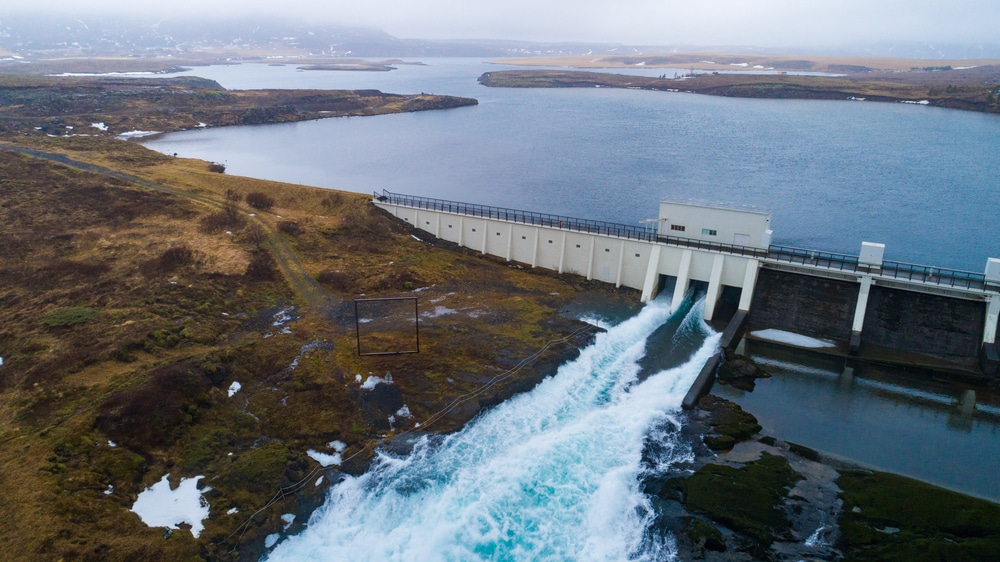The second-largest hydropower dam in the world will begin to provide electricity to Chinese residents in July this year.
The Baihetan Hydropower Station is a 16 GW facility built on the Jinsha River, a tributary of the Yangtze River in southwest China. It includes 16 hydraulic generators, which can each generate one million kilowatts per hour. This is enough electricity to meet the needs of a small nation with a population of 500,000.

As well as being a cornerstone of the nation’s renewable energy industry, the Baihetan Station will also help prevent flooding in the Yangtze River basin.
When complete, the station will be the second-biggest in the world, with the largest also being in China. It is expected to be fully operational in 2022.
China’s hydropower plan for a sustainable future
When we think of renewable energy, solar panels and wind turbines are usually the first things to mind. But did you know that hydropower makes up 60 per cent of all renewables produced globally?
China is the biggest producer with 356.4 terawatt-hours (TWh) annually, and the Baihetan Station is going to boost that even further. That is over three times the volume produced by the second-placed nation Brazil. This is a nation that loves a dam with over 55,000 built since the 1950s, which are over 15 metres tall. So it makes sense that this would be their primary source of clean energy generation as well.
The Three Gorges Dam across the Yangtze River by the town of Sandouping is the biggest hydro facility globally, with a whopping 22.5 GW of installed capacity.
This renewable resource has made an enormous difference to the country, with all of its residents now having access to reliable electricity. In 2002 as many as 4.58 million households did not have this access. This was partially because the nation struggled to produce enough energy and also because many villages were too isolated – but the hydro projects are fixing both issues.
China set to transform its power operations
For decades, China has been known for its reputation as the world’s largest emitter of harmful greenhouse gases. The smog in Beijing is so bad that many factories were shut down, and vehicles were taken off the road just so the 2008 Olympics could go ahead.
In 2018 alone, the country produced double the volume of emissions that the second-placed United States had. Now, the nation is poised to lead the world away from fossil fuels and into the arms of renewable resources.
Chinese leader Xi Jinping has heralded a ‘green revolution’ and an end to fossil fuels, with the nation committing to reach net-zero emissions by 2060.
Want to play your part in creating a sustainable future? Solar power will not only help us transition away from fossil fuels, but also slash your electricity bills. Contact Energy Matters today for a free solar quote.












































